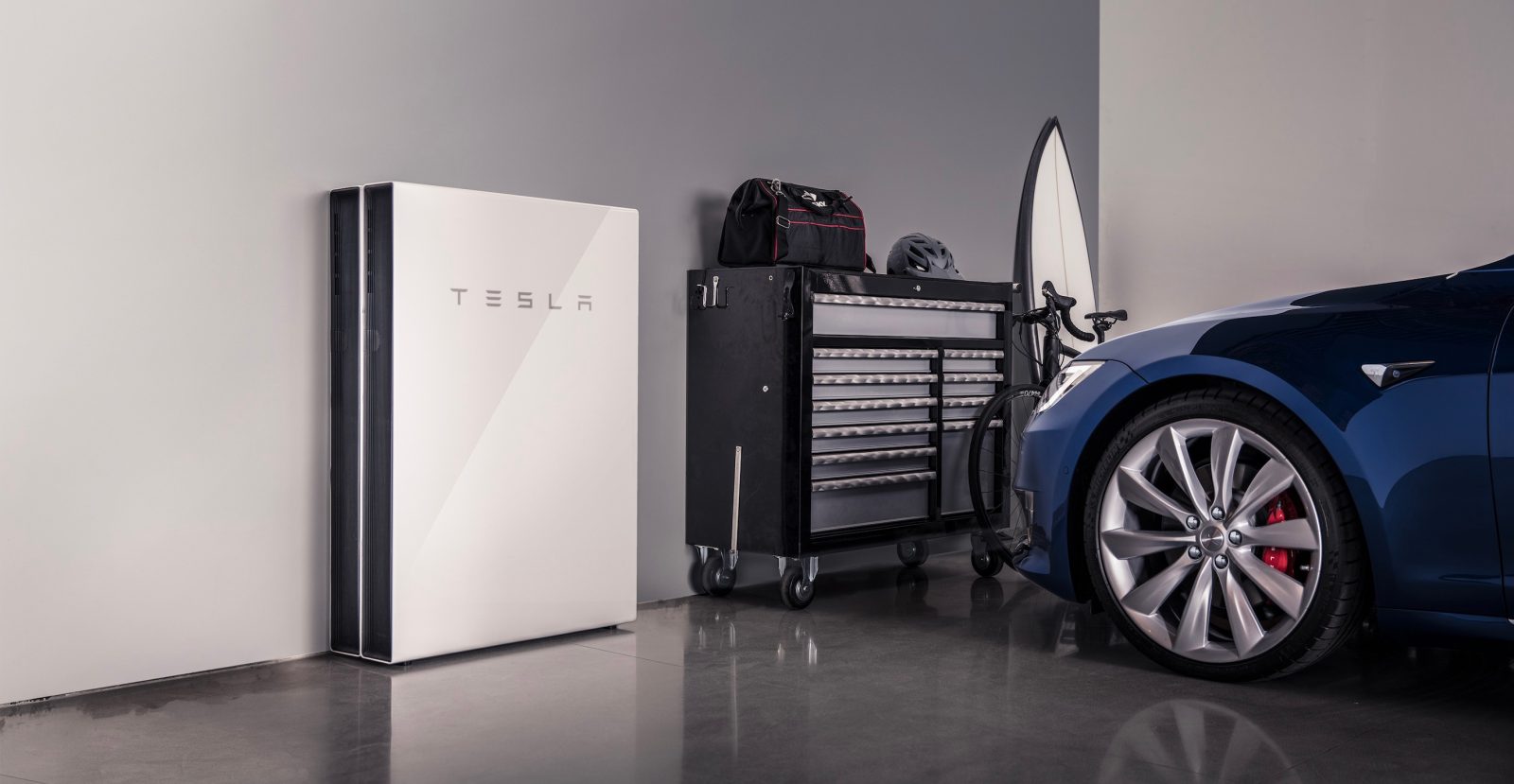
Home builders are starting to see the advantage of incorporating solar and energy storage products directly as part of their offerings.
One home builder in Australia decided to make solar arrays and Tesla Powerwalls standard in 50 “knockdown rebuild homes” and claims that ‘it’s like putting around $50,000 in your pocket’.
Earlier this week, we reported on how Tesla’s giant Powerpack system in Australia made around $1 million in just a few days through the country’s wholesale electricity market.
Homeowners can do the same on a smaller scale if they have a home solar array and a Powerwall, Tesla’s residential battery solution.
It’s why Australia became one of Tesla’s biggest markets for the product and it received priority for deliveries during a slow production ramp-up – though we are now seeing some more deliveries in the US.
Now, builder Porter Davis says that it partnered with Bradford Energy to install 50 5.6 kilowatt solar array and Tesla Powerwall 2 systems on homes that they are rebuilding in Victoria.
Bradford Energy says that the homes will see savings of up to $2600 a year and the potential to reach 90 percent energy self-sufficiency.
Ashleigh O’Brien, Bradford Energy’s business manager, told Fairfax Media:
“It’s like putting around $50,000 in your pocket,”
The two companies say that the systems are “free” (read “included”) with the rebuild homes.
Porter Davis director Paul Wolff added:
“With power prices reaching unprecedented levels, many homeowners are being forced to change their lifestyle to find cost savings, and in some cases even adapting to power outages.”
While the financial benefits of adding a battery pack to the system come through evading demand charges, Tesla’s Powerwalls also proved useful during periods of outages in the country, especially South Australia’s state-wide blackout in 2016.
Electrek’s Take
Of course, you should always be mindful that when someone says an add-on is “free”, it actually means that it’s included in the price.
But in the case of Australia’s crazy electricity rates, Tesla’s Powerwall and other home battery packs are certainly becoming no-brainers.
Other markets are also seeing increasingly more expensive demand charges, which are resulting in the payback period for home energy storage becoming shorter, but nothing is as attractive as it is on the Australian market right now.
It’s why we are hearing about a lot about more giant utility-scale battery projects in the works, but there’s no reason why energy companies should be the only ones benefiting from this. Homeowners need to take advantage of it too if they can.
FTC: We use income earning auto affiliate links. More.






Comments